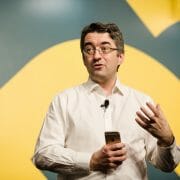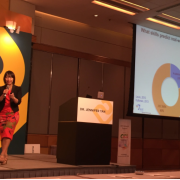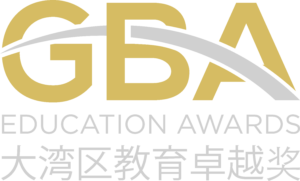Next Steps for 21CL Online
We now have a confirmed location for a 21CL Face to Face conference – it will take place in Bangkok 20-21 May 2023.
In light of a face to face conference now scheduled we have thought long and hard about what the role of an online conference is alongside a face-to-face event. We know from our conversations with educators there is a real hunger for getting back together but at the same time, not losing the online connections which have their own unique benefits and merits.
When we started the 21CL online event we scheduled it over the course of two weeks because we felt we didn’t need to be limited to the constraints of a two day schedule. We now believe the online presence for 21CL can be improved even further. So instead of cramming the conference into one or two weeks we plan instead to migrate 21CL to a rolling conference providing the community with a series of regular sessions over the course of the year. We will also make these available via YouTube streaming, Twitter, Facebook & LinkedIn. We hope this will help expand the 21CL Community and help to generate enthusiasm for the upcoming face-to-face event.
Attending individual sessions for 21CL Online Live will be free. It will still be possible to sign up for 21CL Online and pay to get access to all the recordings for the online session recordings, or get a school pass for your whole school.
You can view upcoming live sessions here.
For Presenters
You should have received an email from us about how to schedule your sessions. Please reach out to us if you have any questions
Want to Contribute?
If you are interested in participating in 21CLHK conference in Bangkok you can submit a presentation here. Presenters at the face to face conference will receive a $50USD discount to the conference. You can also submit an online presentation anytime.
